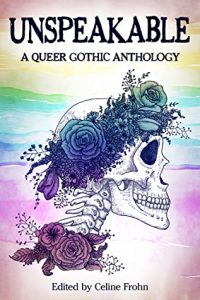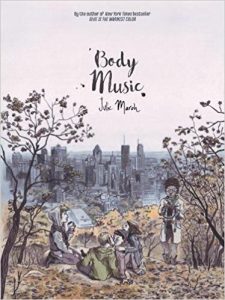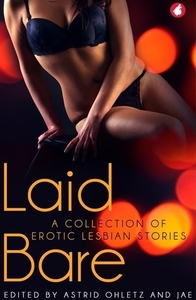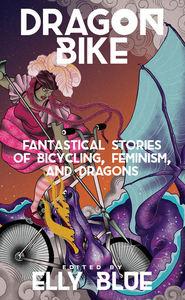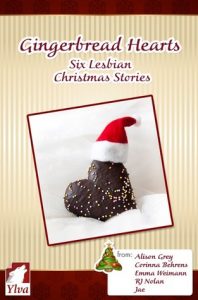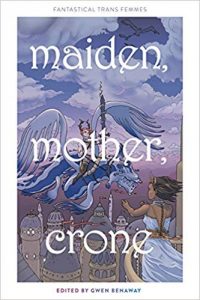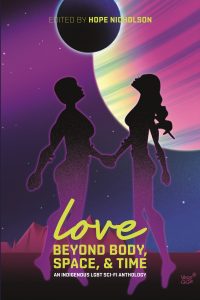Gothic fiction is my jam. I love the slowly building sense of dread that is the cornerstone of the genre. If I could have the job of any fictional character, it would be the creepy groundskeeper of the haunted manors in gothic ghost stories. I also (as you can imagine from me writing for this website) love queer stories. Looking back, my favorite horror and gothic books have consistently been those with queer elements. So as soon as I saw Unspeakable on the list of books up for review, I knew I had to read it. I’m happy to say that this short story collection lived up to my high expectations.
While all of the stories include gothic elements, they are all very different. The stories run the gamut from classic, historical gothic horror to modern-day shapeshifter romance. This collection is stronger for the diversity in storytelling that it holds. I loved the ones that had explicit sapphic relationships, but the ones without them were just as good, too.
One feature that really stood out to me in this collection was the setting. As I said, I love classic gothic stories. So every story that took place in an old, desolate home overlooking a grey sea made me very happy. The stories that I thought used setting to their advantage the most were “Hearteater” by Eliza Temple and “Quicksilver Prometheus” by Katie Young. Both of these stories used the grey, dark classic gothic setting to show the inner minds of their main characters. “Quicksilver Prometheus” also stood out to me because of its brilliant use of historical elements. That was definitely one of the best stories in the collection for me. Other stories that had amazing settings were “Moonlight” by Ally Kolzow and “The Moon in Glass” by Jude Reid.
Three of the other stories also stood out to me as being exceptionally good. The first was “Laguna and the Engkanto” by Katalina Watt. This sea creature horror story incorporated the culture of the Philippines to create a truly unique and horrifying tale. Watt’s writing was also featured in another one of my favorite recent anthologies, Haunted Voices. I will definitely be seeking out more of her work.
“Homesick” by Sam Hirst almost made me cry. I wasn’t expecting such a profound and beautiful love story between two ghosts. In my opinion, it also had the best opening line in the book (and maybe of any short story I’ve ever read). This one was simple, but incredibly beautiful. It will certainly stick with me.
Finally, “The White Door” by Lindsay King-Miller turned a classic story on its head and proved that gothic stories can absolutely work in a fantasy setting. I was impressed by how well this one drew on standards set by classic works in order to create something completely unique. It also had an amazing and very chilling ending.
Overall, I really loved this anthology. I can see myself rereading it at night in October, waiting for something spooky (and potentially even sapphic) to happen.
Kayla Bell is the pen name of an author, reviewer, and lover of science fiction, fantasy, and horror. You can catch up with her on Instagram @Kreadseverything for more book reviews and updates about her writing.

